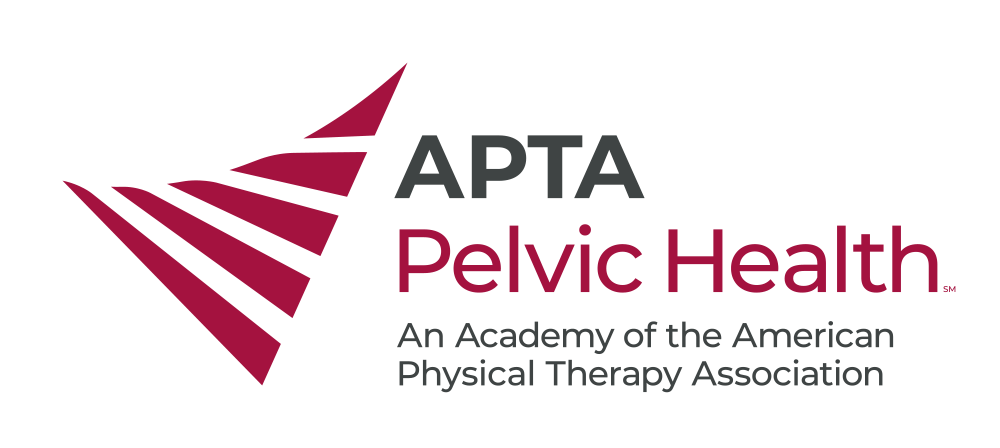Part 2 - New JWHPT Statistician Identifies Two Statistical Skills Most Needed by PTs
Physical therapists need several key statistical skills to bolster the quality of their patient care, according to Mark Bishop, PT, PhD, the new statistician of the Journal of Women’s Health Physical Therapy.
In this second of a two-part conversation with Bishop, the University of Florida associate professor notes that he was attracted to the statistical field because “this is where answers to the questions I have about rehabilitation are located. What I mean is, once our team has the idea or theory to test, statistical theory provides both the design of the experiment we will need to effectively test the idea and the analysis of the final data to get the answer. Matching the design of the experiment to the question asked makes the analysis much simpler.”
Although some PTs may not share Bishop’s passion for statistics, they still need to develop several skills he considers “integral for PTs to be reflective practitioners who provide excellent care for great value.
“First, I don’t think everybody needs to understand distribution theory to be an effective practitioner collecting clinical data to examine and reflect on their own practice,” says Bishop, “but I do believe everyone needs to be able to ask a testable question when they have one. Reflective practice is based on clinical observation. The next step is to ask a question that you can answer.
“Second, PTs need to identify and consume other literature, whether that is recent findings related to their area of practice, or any previous work written about a question they have.
“There are some specific aspects to doing this well: What designs answer which questions? Which designs provide the strongest evidence for the question? Was the study well-conducted, and could any rival plausible hypotheses explain the findings? Some of this may not interest all PTs, and for them, clinical practice guidelines and reviews may fill this gap.”
Bishop is well-aware of the issues that could result from publication of faulty statistics. “The primary risk would be that conclusions drawn from a paper published in the journal could be inaccurate,” he says. “This would be most problematic if the study reports a benefit (or risk) so important that it becomes incorporated into practice by readers.”


